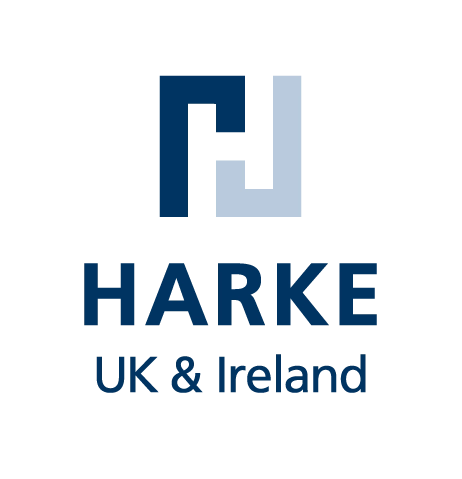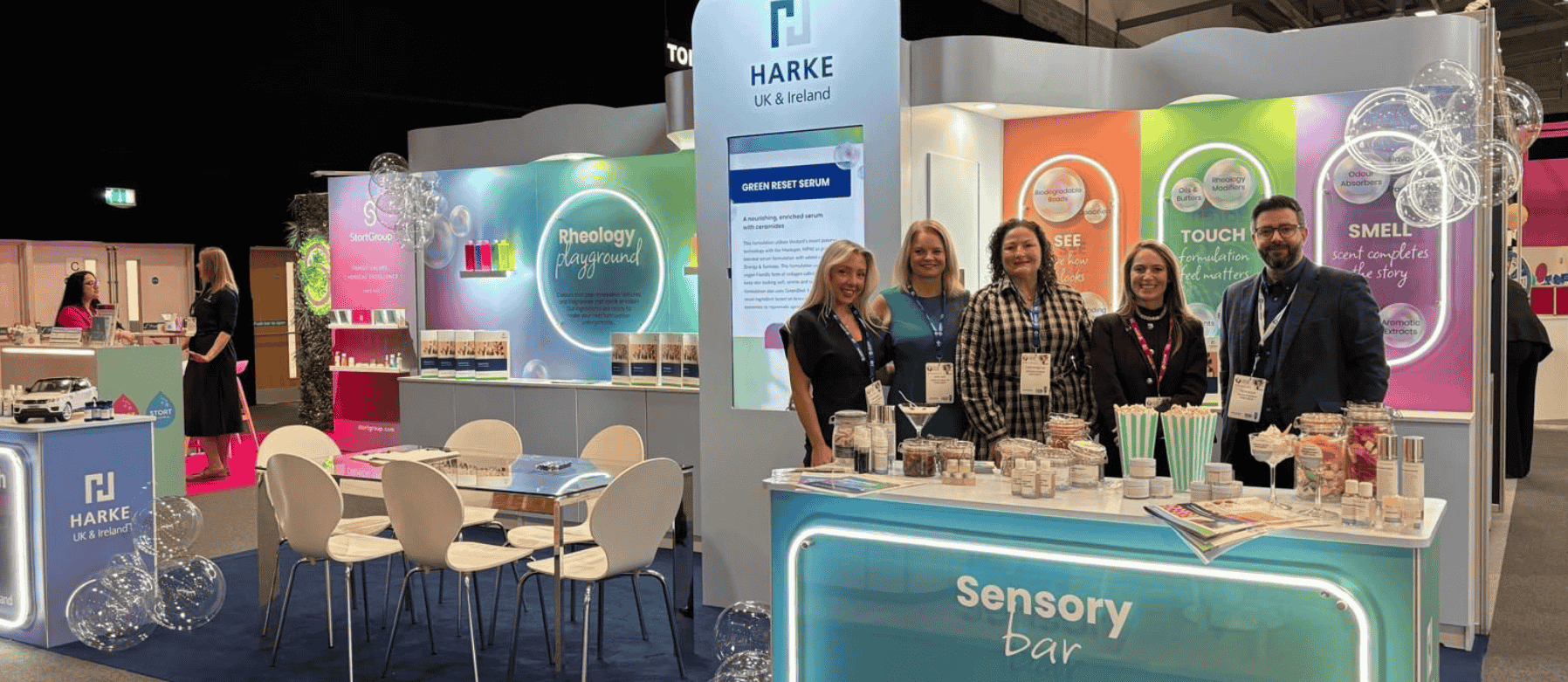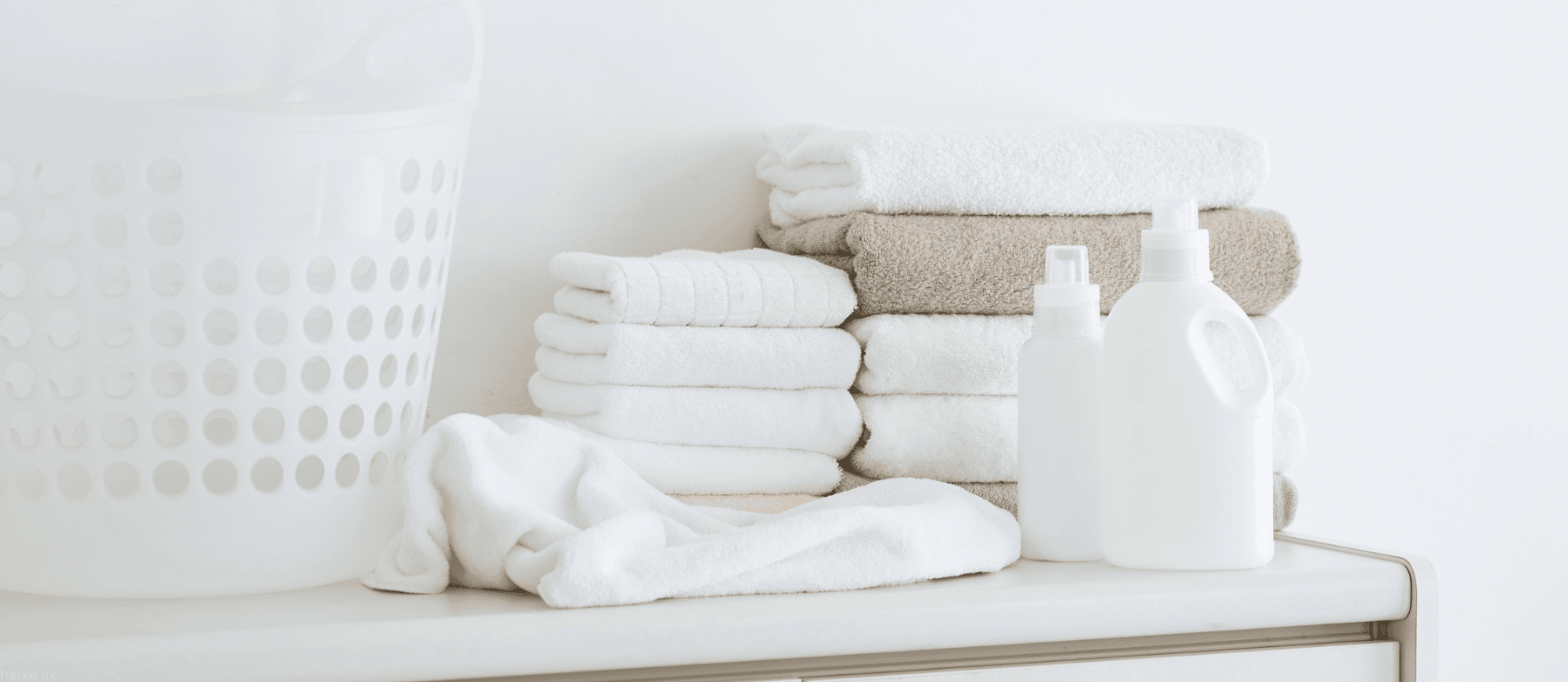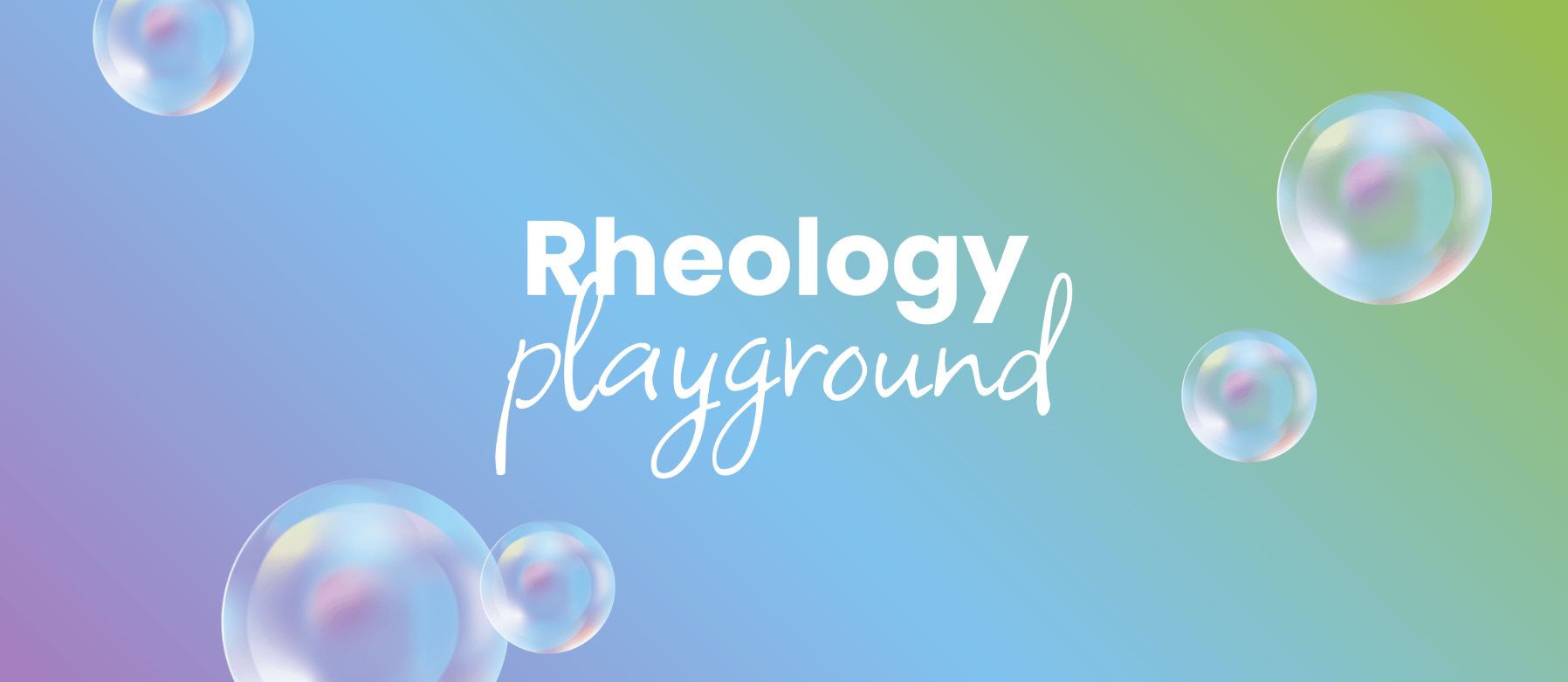Written by Norman Lowe, December 2025
The active ‘potassium monopersulfate’ is a powerful peroxy bleach, with the chemical formula KHSO₅. However it actually exists as the triple salt 2KHSO₅.KHSO₄.K₂SO₄ which is the product Oxone. It also has the INCI name ‘potassium caroate’ (peroxy sulfuric acid being known as ‘Caro’s acid’).
Oxone has CAS No. 70693-62-8 and is fully approved on the Biocidal Products Regulation (BPR) Product Types (PTs) 2, 3, 4, and 5, covering general disinfection, veterinary, food and feed areas, and water treatment.
It is a stable, white powder that is soluble in cold water, giving a powerful oxidising solution. The pure solutions have stability over time; data on degradation is available on the technical data sheet. The solution can be used for disinfection.
Oxone is currently being used in many applications. It is used in denture cleaners (under its INCI name), swimming pool disinfection, cleaning micro-electronic chips, chemical synthesis, and in the farming industry (e.g., dairy disinfection), among others.
Other possible uses include: bleach stain removers, laundry detergent powders, auto-dishwash powders/tablets, drain and toilet sanitisers, cosmetics, floor cleaners, water treatment, tooth whitening powders and toothpaste. Oxone is currently being used in at least one retail toothpaste under its INCI name ‘Potassium Caroate’.
Major Advantages
Key benefits of Oxone include that it is:
- A stable solid, low-toxicity powder
- Very soluble in cold water
- Needs no activation
In detergent products, this gives it a major advantage over other peroxides and products that produce peroxides in situ, as it performs as a peroxy bleach in cold water immediately upon dilution. Alternative products either need an elevated temperature (approx. 40°C) for optimum performance, or require warm water and a raised pH for solubility and optimum performance.
Applications
- Stain Removing Soaks / Laundry: Stain removing soaks, cold water bleaching, or adding as a bleach booster to laundry systems, as well as pre-spotting difficult or heavily stained fabrics.
- Toilet Sanitisers and Drain Cleaners: Dissolves rapidly in cold water in a toilet bowl and will help to prevent biofilm build-up in drain pipes. It also acts as a deodoriser and is bactericidal.
- Laundry Powders: Fully formulated for low-temperature washing, removing bleachable stains (red wine, tea, coffee, fruit juice, etc.), and providing an antibacterial effect.
- Auto Dishwash Powders/Tablets: Will remove fruit, red wine, curry stains, etc., and provides an antibacterial effect.
- Floor Cleaner/Sanitiser Powder: Dilute in a bucket to clean and disinfect. Suitable for areas like hospitals, food factories, or wash/shower rooms in gyms, hotels, etc.
- Denture Cleaners: Used as stain removers and for their anti-bactericidal properties.
- Toothpaste: Used in teeth whitening and stain-removing toothpaste.
- Neat Form Applications: In its neat form, Oxone™ can also be used in swimming pool disinfection, sanitising dairy and food production storage tanks, and water treatment in general, as it has PT5 approval.
Oxone is a versatile highly effective peroxy bleach, ideal for many application areas that rely on cold water effective bleaching. We are pleased to supply Oxone™ monopersulfate compound from LANXESS, so if you’d like to find out more or request a product sample, please get in touch with the technical team at HARKE UK & Ireland today.










